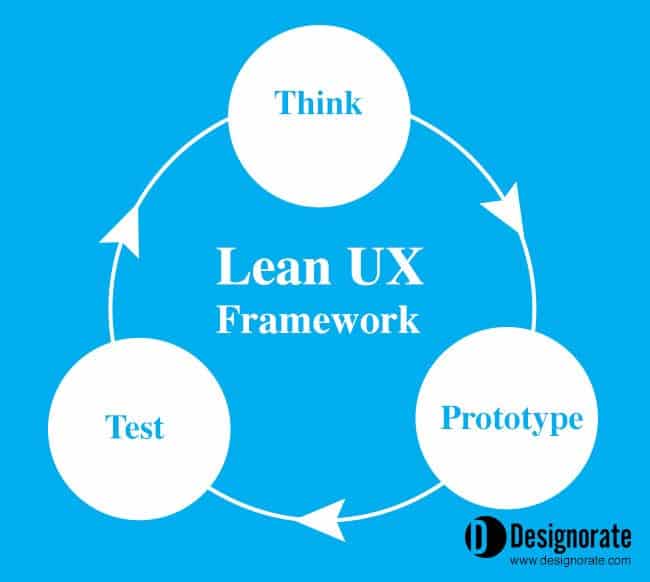Minimum Viable Product Examples and Applications
When we have a new product idea, it is always surrounded by uncertainty regarding its future success and market acceptability. During the design processes, such as the Double Diamond Design Thinking, we could collect user feedback and use it to iterate our product prototype. Still, this limited cycle doesn’t give us the chance to have enough validation for the ideas as a holistic business model. This is where the minimum viable product comes as an opportunity to release the idea to the market and test its success. Making the minimum viable product is one of the most effective ways to envisage how ideas are going to work and be able to drive investments or venture capital to expand them.
What is the Minimum Viable Product (MVP)?
The minimum viable product (MVP) is a product that includes only the necessary features and options that allow the company to release to the market. This allows the company to achieve different advantages, such as evaluating the product, reducing cost, and getting insights about the product performance, as we’ll explore later. Examples of the minimum viable product include a mobile app with limited features, a game with few levels, or facilitating a service with the minimum resources.
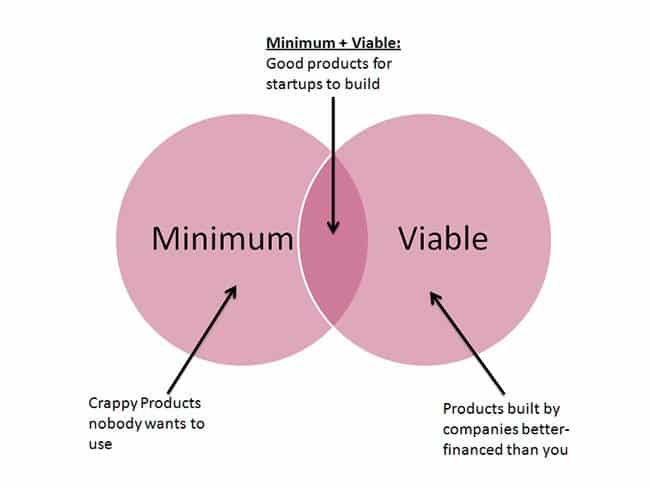
Another type of Minimum viable product includes pilot studies, which governments commonly use to test services or products. For example, the company can provide a service for a limited number of consumers, such as making a mobile app available in specific countries to test it before expanding to other places.
We need to differentiate between the prototype and the MVP. While the prototype tests a hypothesis, the MVP tests function based on real market data and not just assumptions. You can notice the application for the MVP in several daily apps such as Google, Facebook, Instagram and others. The application of the minimum viable product is usually associated with the lean process as it presents the core point between ideation and iteration.
Why do we need a Minimum Viable Product?
As mentioned above, companies may use the minimum viable product to escape the all-or-nothing dilemma. These benefits include the following:
Test the product in actual market conditions.
Even with the internal testing for products, the market involves factors including competitiveness, trending technologies, and the economy. The only way to experience these factors is to put the product on the market and evaluate its performance. The minimum viable product also aims to build an agile process where the product is released, tested, and improved in further development rounds (check my article: Stage Gate Process: The Complete Practice Guide).
Focusing on the critical features of the product
During the project development, the team may focus on the target consumer needs, which may come up with a complex product that loses its core value. Adding unnecessary features to the products is one of the common issues that contribute to reaching this production mess. The minimum viable product allows the team to focus on the core value of the product and the features that the consumer only needs (How to Use the Action Priority Matrix in Time Management?). This helps the developing team to understand what is needed and what is not. So, instead of wasting resources on a feature that people would only use, it is crucial to focus on the key features that contribute to the product’s success in the market.
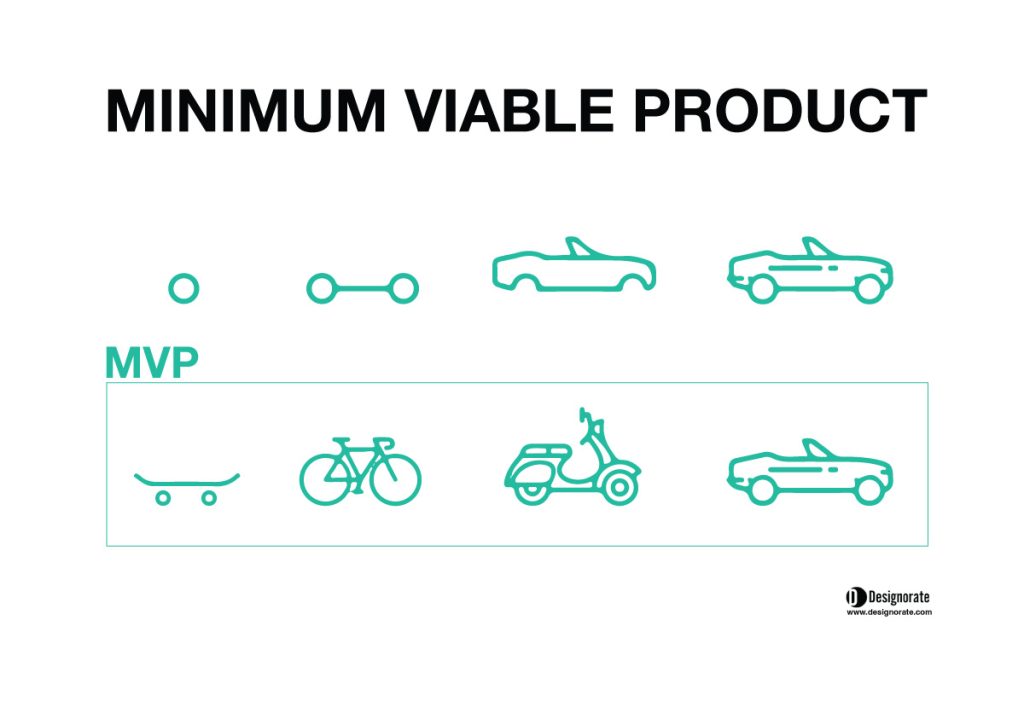
Reduce the product cost and time.
Focusing on the main features of the product during production saves the company the cost, time, and effort needed to launch the product. So, instead of spending a long time developing a product that may or may not achieve success, the team speeds up the process by pushing a minimised product version to the market. If the product achieves success, the return on investment will be rewarding and help the company to invest in developing the product with steady hands. If there are issues with the product, the company decides to try to improve it or kill it without any further loss in time and cost.
Speed the team learning curve
One of the most important lessons when releasing your first product is to learn about the user experience. These lessons can’t be achieved through internal research or testing. Therefore, putting the product on the market with a minimum viable product helps the team to learn more about the product and use the consumer feedback to improve the future version of the product.
Switch to agile and iterative process
Instead of the linear process, the team turns to an agile and iterative process. The product release helps the team to collect feedback from the consumers that can be used in improving the future version of the product. So, instead of the traditional process, the company release the product, lets the consumers test it, and then collects feedback to fuel the iterative loop that is used to develop future versions of the product.
Minimum Viable Product Examples
To be realistic, some startup founders apply the concept of the minimum viable product either intentionally or because of the lack of experience and resources during the new product development. However, the examples below illustrate the minimum viable products and how it turns into mature product over time.
Example 1: Pexels.com
Many of us visited Pexels.com, the high-quality CC0 stock photography website and wondered how it started. Although the project didn’t clearly state its start as a minimum viable product, its story fits here. The startup launched the website in 2013 in Germany by two friends who were struggling as a business but also unable to find free stock photos that they could use in their business, leading them to take their photos to use in the company projects.
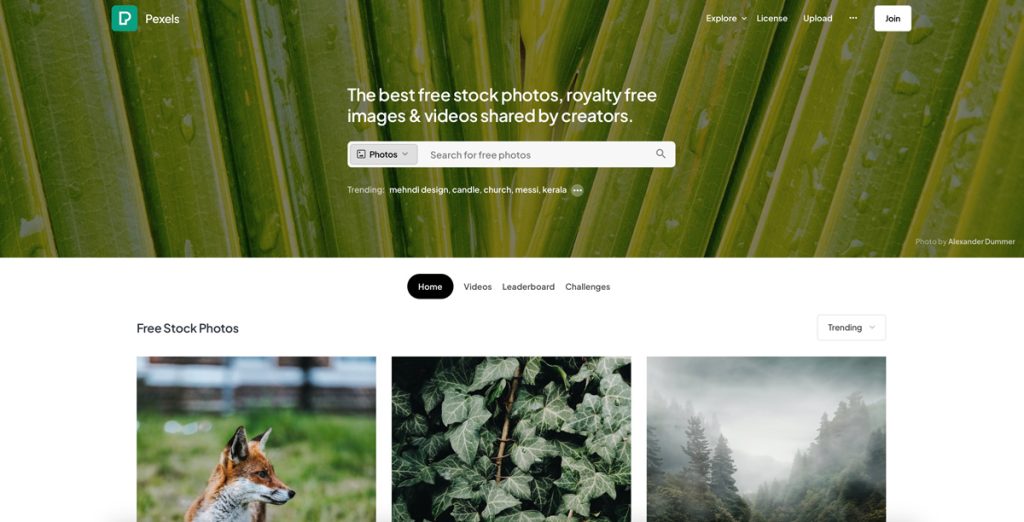
Figure: Pexels free stock photos website
After the project, they decided to upload the photos and make them available for free to download on a separate domain, which received massive traffic from thousands of users to download their images, especially when the images were natural and less artificial compared with the photos in the paid stock photos websites.
The website then expanded to invite other photographers to share their photos, reached more than one million stock photos, and became one of the key search areas for users looking for free photos. The early stage of the website presents an excellent example of a minimum viable product as it includes only the least resources that allow the website to be workable as a service for users. This starting point didn’t cost the company lots of resources, especially when the company was not in good shape by the time the website was launched.
Example 1: DropBox
When DropBox first started in 2007, there were already file-sharing applications in the market. The problem was that it needed to be more usable. So, users just avoided using it. The existing products were not widely adopted through different platforms, and they required custom setup.
The company assumed that if there were a user-friendly file-sharing application that could run on different platforms, many target consumers would use it. To validate this proposition, the company built a demo with no actual work or released software. They published it to drive the interested consumer to sign up for product information. Once the proposition was validated, the company started to develop the product (How Inclusive Design Reshaped Microsoft Products).
Example 3: Virgin Airlines
Virgin Airlines is famous for its focus on consumer service associated with its travel tickets. It started in the UK in 1984 by Sir Richard Branson. The start of the business was a limited one-trip flight from Gatwick to Newark. Upon the success of the model, the trips extended over the years. In 2022, the number of passengers travelling using Virgin Airlines exceeded 4 million.
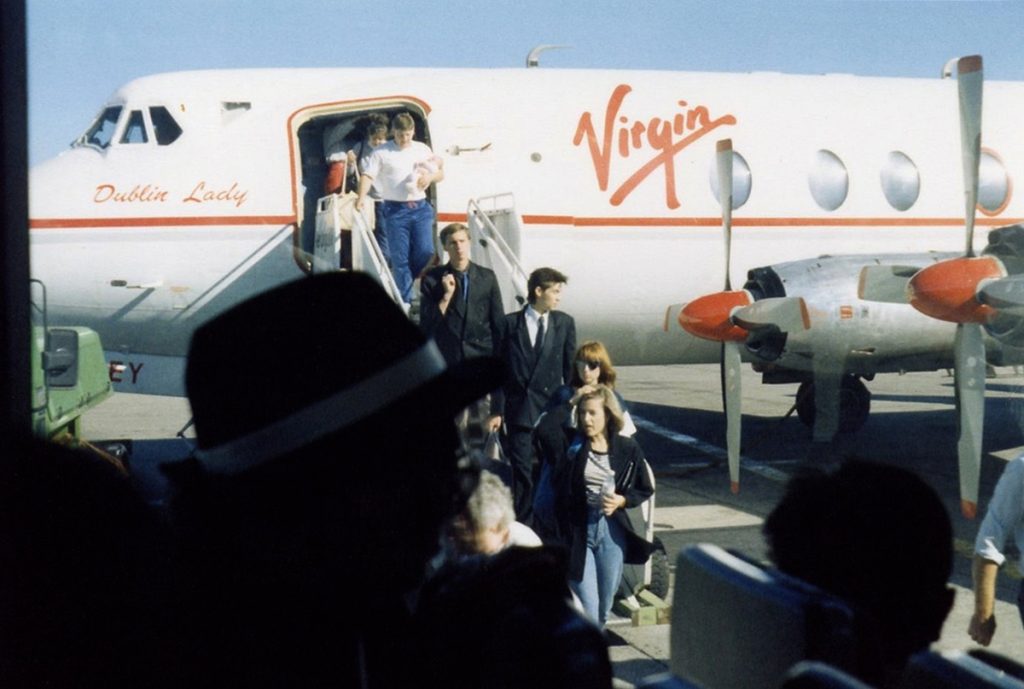
Example 4: IKEA Flat Packing
In my previous article, we explored IKEA’s Sustainable Strategy, known as the Democratic Strategy, and discussed the role of flat packing in reducing carbon emissions and transportation costs. Although the idea of flat packing is complex regarding the design of the product and the pack itself, it started differently. In 1950, the founder of IKEA, Ingvar Kamprad, visited a factory where they removed the table legs to fit the tables in the transportation cars. The idea inspired him with the flat packing.
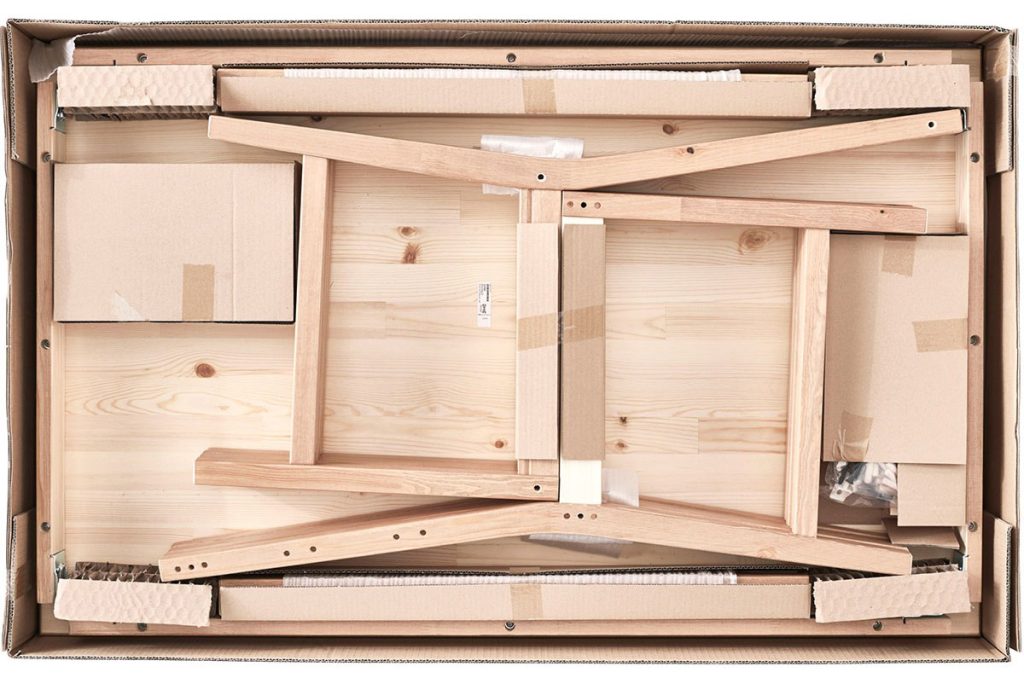
The first flat packing started as a simple idea of removing the parts of the product and letting the consumer assemble it again; it extended to different types of products, even small chairs and kitchenware. The expansion of the idea had positive economic, environmental, and social impacts.
Examples 5: Uber
Several startups that followed models like Uber and AirBnb initiated their idea as MVP. Uber is a good example here. The company started with a simple idea by the founders, Garret Camp and Travis Kalanick. Similar to the hitchhiking concept, some drivers may be willing to take passengers to their destination, but in Uber’s case, for an affordable price.
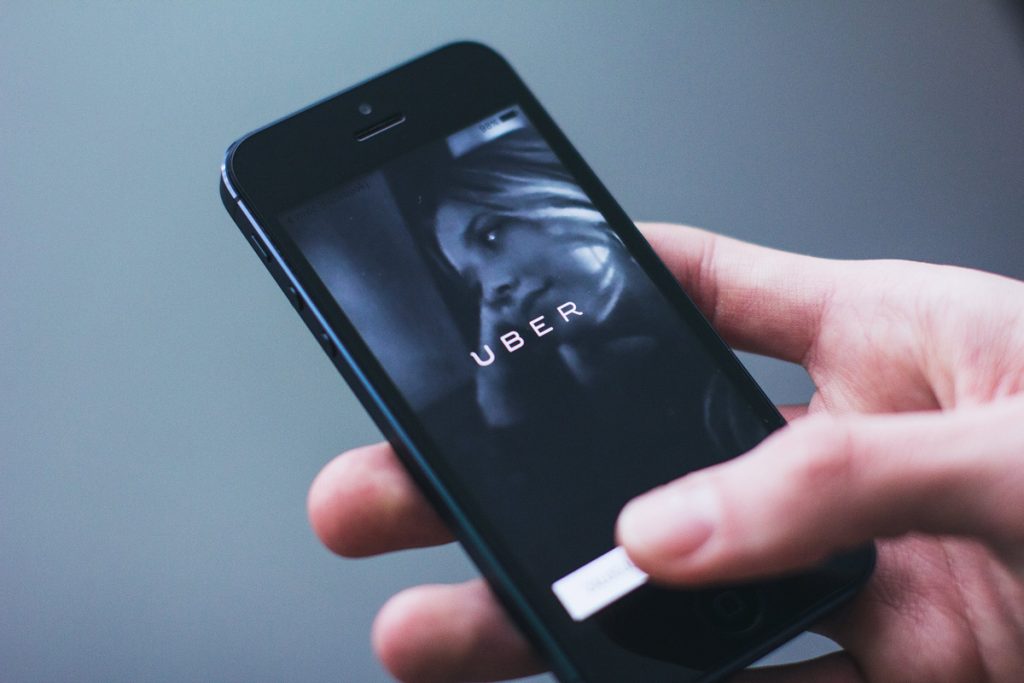
The solution started as a simplified mobile app with limited functions and worked only on Apple iPhone and SMS. The application area was limited to San Francisco. Once the idea is proven successful, the project drives investments.
The same model worked with other companies like Airbnb, Amazon, and Instagram. The MPV is key in convincing investors and providing evidence that the idea is working and can be expanded.
Prioritising the MVP Features
The question is how to determine the features to start within the MVP. As you are planning to prioritise the MVP features, there are several tools that we can use to identify these features from a different perspective (How to Use the Decision Matrix to Make Decisions?), such as:
MoScow Matrix
The Moscow Matrix (also known as the Eisenhower Matrix) is a management tool that is used to prioritise management tasks and requirements based on four criteria:
- Must-have: Features with low cost, low risk, and essential for the MVP.
- Should-have: A feature that is significant to have inside the product. However, it could be more impactful.
- Could-have: This feature could be added but is not impactful or significant.
- Won’t-have: These features are optional in the MVP, or their cost is very high at this project stage.
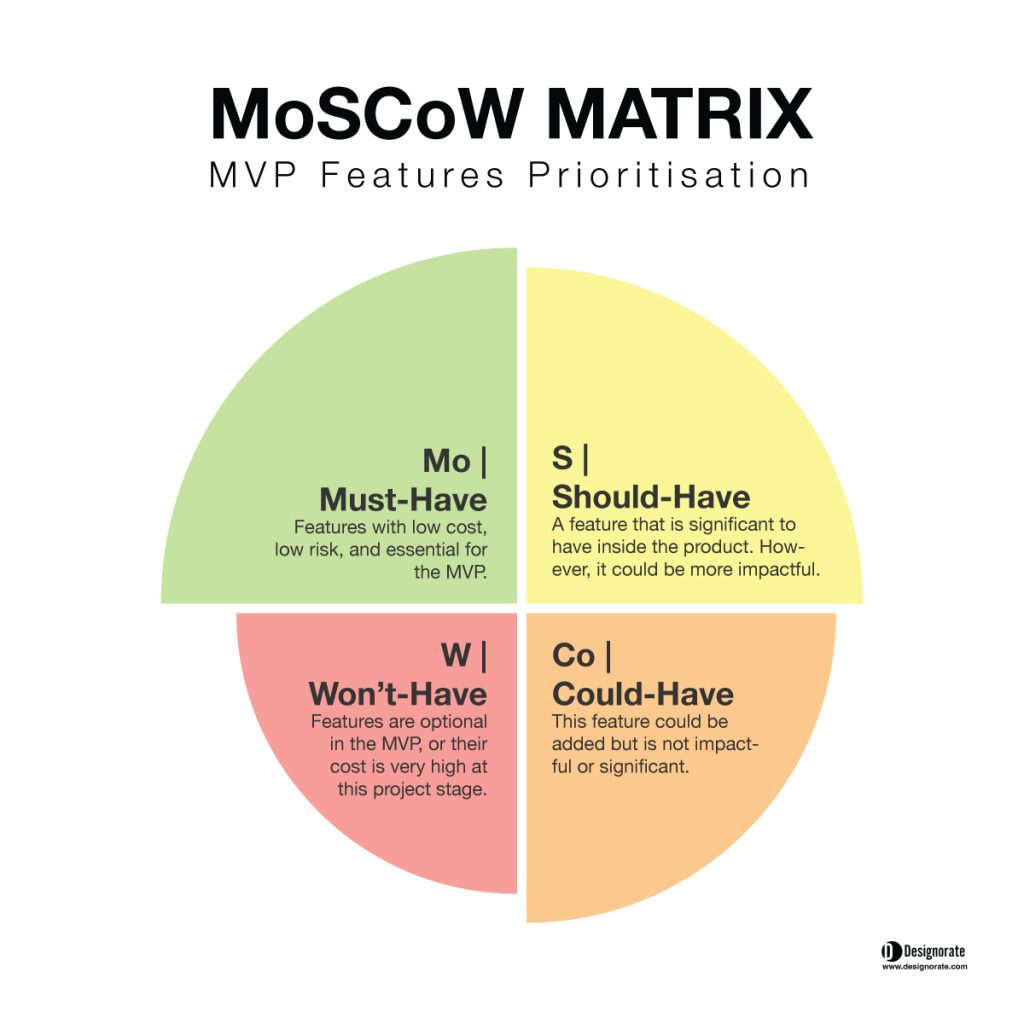
Effort and impact prioritisation
Similar to the MoSCoW metric, the Effect and Impact method prioritise and categorise the features based on two axes: impact and the effort spent to apply the features. The features can be:
- Low effort, low impact: Fill-ins
- Low effort, high impact: Quick wins
- High effort, low impact: Reconsider
- High effort, high impact: Major project
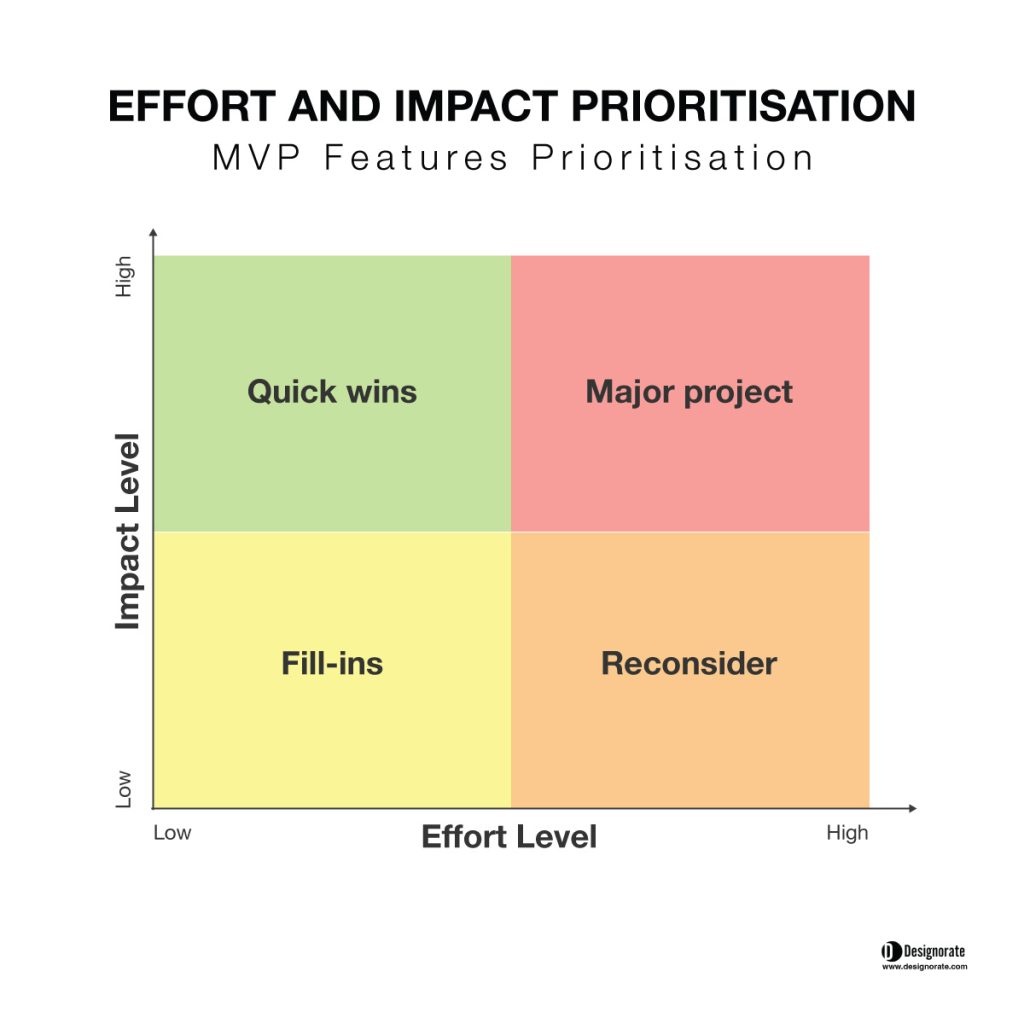
Kano Model
The Kano model is a quantitative method that is consumer-oriented. It is based on prioritising features based on consumer satisfaction. We explored the Kano model in our previous article, What is Kano Model Analysis? And How to Conduct it.. This method is based on surveys that aim to understand which features are most important in the product. The Kano model uses questionnaires to define three main types of features:
- Threshold: These are the base features that the product can’t function without it.
- Performance: The features that are not mandatory but adding it will enhance the product performance.
- Excitement: These are features that are not expected in the product, but adding them will add extra value.
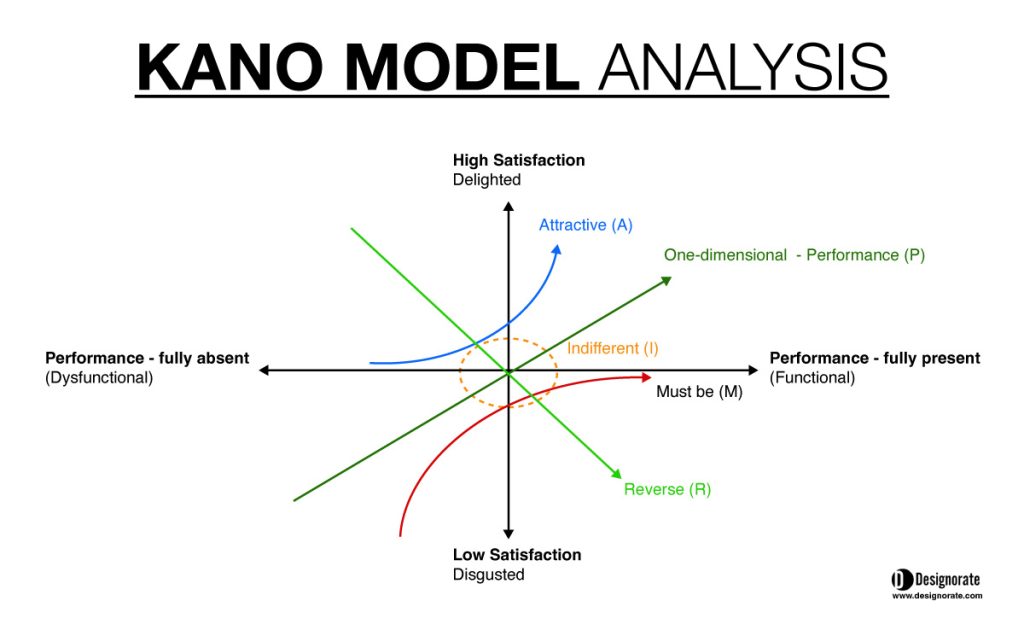
During new product development or offering a unique service, the minimum viable product can be a key factor distinguishing between the failure or success of your product. It can save the company risks and allow us to identify the features that add value to the end user. Additionally, it reduces the product cost risks and improves the product performance overall. Additionally, many advantages can be gained through the MVP feedback loop to understand user behaviour and use this understanding to identify how to improve the product in the future.

